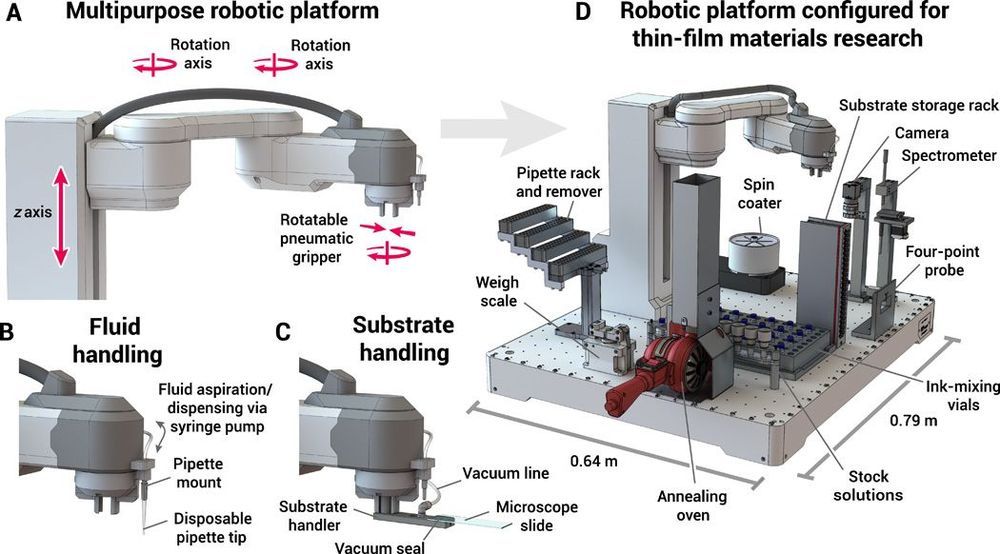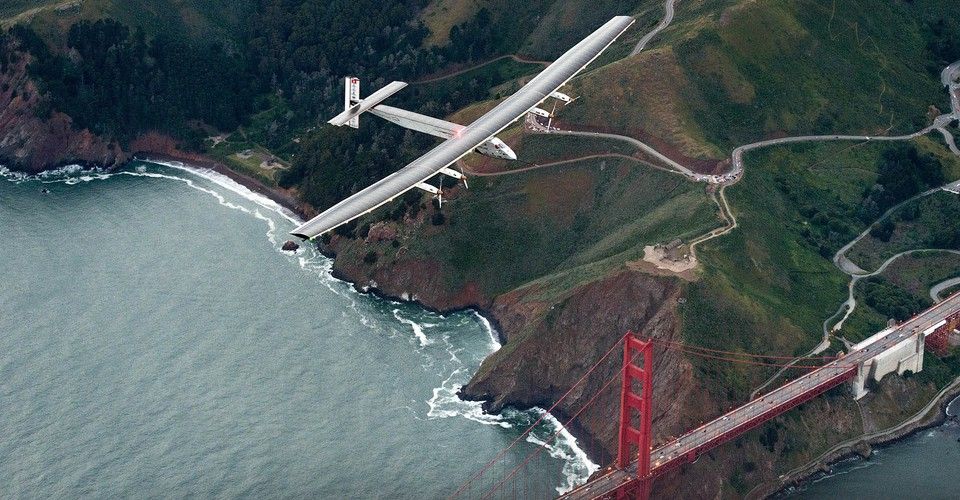Although perovskites are a promising alternative to the silicon used to make most of today’s solar cells, new manufacturing processes are needed to make them practical for commercial production. To help fill this gap, researchers have developed a new precision spray-coating method that enables more complex perovskite solar cell designs and could be scaled up for mass production.
Perovskites are promising for next-generation solar cells because they absorb light and convert it to energy with better efficiency and potentially lower production costs than silicon. Perovskites can even be sprayed onto glass to create energy-producing windows.
“Our work demonstrates a process to deposit perovskite layer by layer with controllable thicknesses and rates of deposition for each layer,” said research team leader Pongsakorn Kanjanaboos from the School of Materials Science and Innovation, Faculty of Science, Mahidol University in Thailand. “This new method enables stacked designs for solar cells with better performance and stability.”








